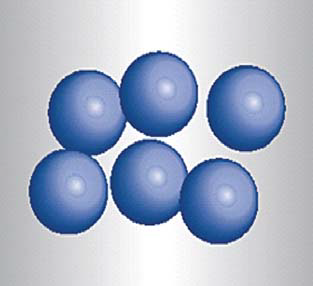Selecting cement slurries for oil and gas production wells in deepwater areas
Abstract
Drilling operations in deepwater areas such as the north and west of Norway, the west of Shetland, the Gulf of Mexico, the east of Venezuela and the west coast of South America face great potential risks and challenges with the sea water depth going up to thousands of metres. Furthermore, the cost of drilling wells in deepwater areas has increased significantly. It is, therefore, a pressing issue in deepwater well design to reduce the drilling time, optimise the well construction process and ensure well engineering. This article studies the choices of cement slurries, one of the important technological and technical solutions to improve the effectiveness of cementing wells in the deepwater areas.
References
Phạm Trung Nghĩa. Nghiên cứu lựa chọn giải pháp nhằm nâng cao hiệu quả khoan giếng dầu khí vùngnước sâu. Luận văn Thạc sĩ kỹ thuật. Đại học Mỏ - Địa chất, Hà Nội. 2012.
Trần Đình Kiên, Phạm Quang Hiệu, Nguyễn Hữu Chinh, Nguyễn Hải Sơn. Một số vấn đề về sử dụng xi măng bơm trám trong gia cố và kết thúc các giếng khoan dầu khí. Tạp chí Dầu khí. 2011; 4: p. 32 - 40.
Pham Quang Hieu, Pham Trung Nghia, Nguyen Xuan Thao, Nguyen Viet Bot. Study selection cementing fluids for oil and gas wells deep water. Proceedings of International conference “Petroleum Technology and Human Resources” HUMG. 20 Sept, 2012: p. 25 - 30.
Jan Tore Helgesen, Kristian Harestad, Eirik Sorgard. Deepwater cementing in the Norweigian sea. Petroleum Engineering International Journal. 1999; 72 (4).
Johon Tronvoll. Deepwater drilling challenges. SINTEF Petroleum Research Trondheim, Norway. 2006.
Khalil Rahman. Maintaining wellbore stability during deepwater drilling. School of Oil & Gas Engineering University, Australia. 2002.

1. The Author assigns all copyright in and to the article (the Work) to the Petrovietnam Journal, including the right to publish, republish, transmit, sell and distribute the Work in whole or in part in electronic and print editions of the Journal, in all media of expression now known or later developed.
2. By this assignment of copyright to the Petrovietnam Journal, reproduction, posting, transmission, distribution or other use of the Work in whole or in part in any medium by the Author requires a full citation to the Journal, suitable in form and content as follows: title of article, authors’ names, journal title, volume, issue, year, copyright owner as specified in the Journal, DOI number. Links to the final article published on the website of the Journal are encouraged.




